In this blog post, we’ll cover everything you need to know about embroidery and how it can elevate your custom products.
What is embroidery
Embroidery is a craft that involves using needles, thread, or yarn to decorate fabric or other materials.
It can be used to create patterns, images, and text on clothing, accessories, and home décor. While traditionally done by hand, modern technology now uses machines to produce more complex patterns at a faster pace.
The thread used in embroidery can be made from various materials, such as cotton, silk, or metallic thread, offering a wide range of textures and effects.
Benefits of practicing embroidery
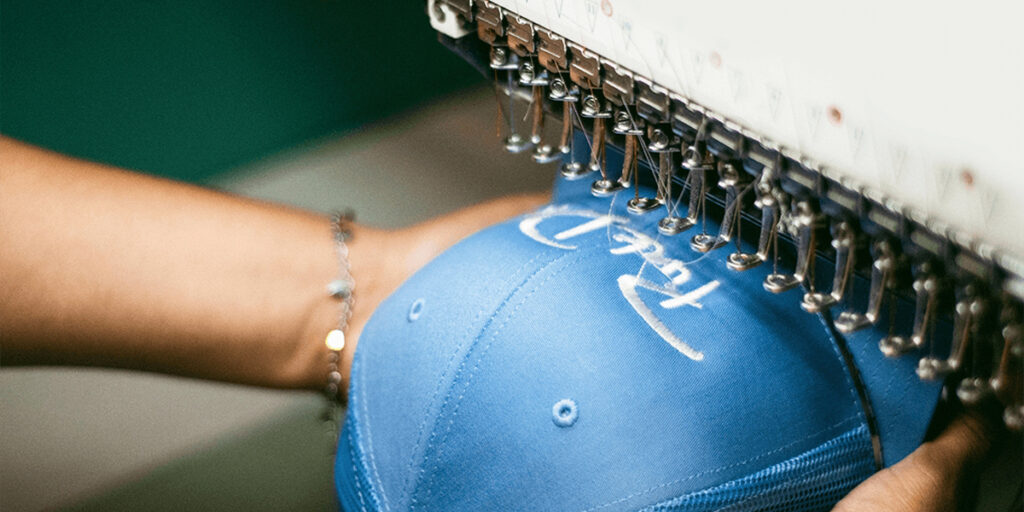
Embroidery is not only a creative outlet; it also provides practical benefits that can enhance every part of your life. Whether you’re looking to add a personal touch to your home, save money, or explore new income opportunities, embroidery can help you achieve all these goals. Here are some of the main benefits:
1. Interior decoration
Embroidery can add a unique and personalized element to your home decor. From custom wall hangings to beautifully sewn pillows and tablecloths, embroidery lets you create pieces that perfectly match your style and preferences.
In China, cross-stitch embroidery is very popular. Typically done on a large canvas, the design is completed by following color and line numbers on the canvas. Once finished, the work is often framed and hung on the wall.
2. Save money
By creating embroidered pieces yourself, you can avoid buying expensive home decorations, clothing, or accessories. With a few materials and basic skills, you can make a variety of items—from embroidered clothing to custom gifts—and save money along the way.
Additionally, repairing clothes with embroidery extends their life and reduces the need to frequently replace items. If an item is damaged, embroidery not only helps repair it but also adds a refined look.
3. Sense of accomplishment
Creating something by hand brings a great sense of satisfaction. Each stitch in your embroidery work brings you closer to the finished piece, and once complete, you’ll experience pride and accomplishment. It’s a wonderful way to challenge yourself and celebrate your creativity.
This feeling of accomplishment is like completing a puzzle, putting each piece together until you reach the final result.
4. Make gifts
Embroidered items make thoughtful, personalized, and memorable gifts that are sure to be cherished. Whether it’s a hand-stitched monogram on a tote bag, a custom design on a handkerchief, or an intricate pattern on a piece of clothing, embroidered gifts show effort, thoughtfulness, and personal style—qualities store-bought items can’t match.
Practicing embroidery can also lead to unique creations, like a pearl-embellished bracelet or sequined clothing.
5. Earn extra income
If you’re interested in making money from your skills, embroidery can be a lucrative side job. With the right tools and experience, you can offer custom embroidery services, from personalized clothing to custom home decor. It’s a great way to turn a hobby into a potential income source while doing something you love.
Essential tools for embroidery
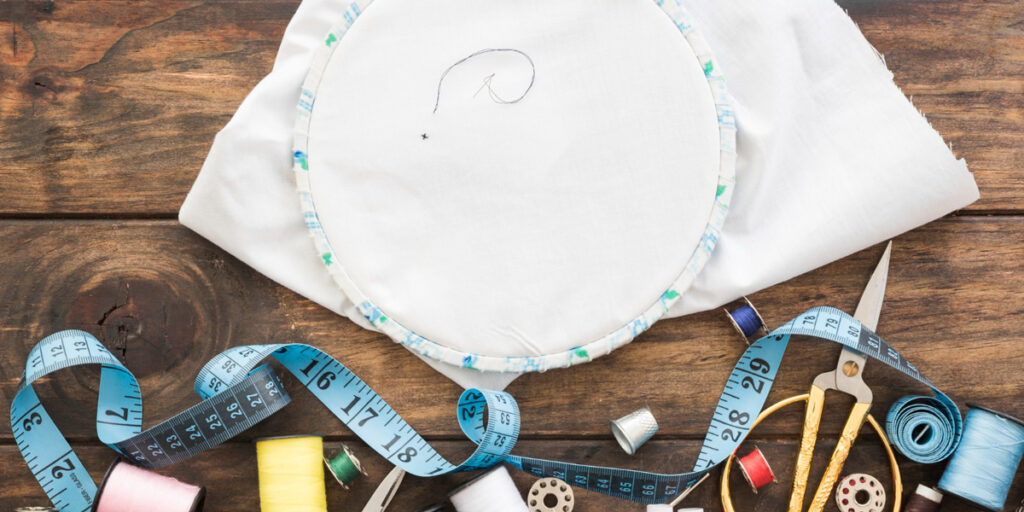
Embroidery requires various tools to achieve professional and precise results. Here’s a list of essential tools for embroidery, whether you’re a beginner or an experienced enthusiast:
1. Embroidery hoops
An embroidery hoop keeps the fabric taut for even stitching. Hoops come in different sizes, materials (such as plastic and wood), and shapes, with round and square being the most common.
2. Embroidery needles
Choose the appropriate needle type and size based on your fabric and thread thickness. Common types include embroidery needles, tapestry needles, and millinery needles.
3. Embroidery thread
High-quality embroidery thread ensures vibrant colors and durability, enhancing the final appearance of your embroidery pattern.
4. Scissors
Sharp scissors allow for precise thread trimming, removing excess fibers, and ensuring a delicate, clean look.
5. Embroidery stabilizer
Stabilizers, typically made of non-woven materials, support stretchy fabrics by preventing wrinkles and holding stitches in place.
6. Water-soluble marking pen or pencil
These tools let you trace designs onto fabric and easily wash out without leaving marks.
7. Thread organizer
Organizers keep thread colors sorted, tangle-free, and easily accessible.
8. Thimble
A thimble prevents needle pricks and helps apply pressure for precise stitching, especially when working with thick fabrics or for long periods.
Types of embroidery
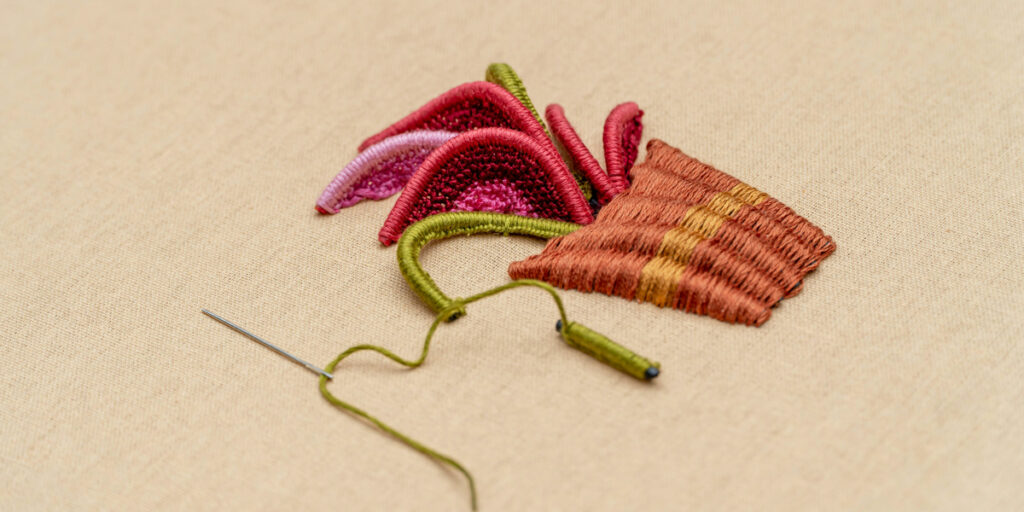
1. Surface embroidery
Surface embroidery is a type of embroidery where stitches are applied to the top layer of the fabric without piercing the back. This technique emphasizes decorative stitches that remain on the fabric’s surface, utilizing various stitch types to create designs, patterns, and textures.
Unlike other embroidery methods, surface embroidery allows for more creative freedom. Popular stitches like satin stitch, chain stitch, and French knot make it suitable for both simple and complex patterns.
Decorative arts, clothing, and home decor frequently use this style to add texture and dimension to fabrics.
2. Counted-thread embroidery
Counted thread embroidery involves creating patterns by counting the fabric’s threads to ensure a precise, symmetrical design. This technique is common in cross-stitch and hardanger stitch, which produce a distinctive grid-like effect with intricate details.
It’s an excellent choice for those who enjoy symmetrical patterns and where patience and precision combine to form a work of art.
3. Needlepoint (canvas work)
Needlepoint, also known as canvas work, is a type of embroidery that involves stitching intricate patterns onto a durable, open-weave canvas.
Needlepoint is widely used to create decorative items like pillows, wall hangings, ornaments, and other home decor pieces.
4. Hand embroidery
Hand embroidery represents the traditional art of stitching by hand, adding a unique, personal touch to each piece. This technique is more time-consuming than machine embroidery, as each stitch is sewn individually.
Because of the craftsmanship involved, hand embroidery pieces are often valued higher and priced more than machine-embroidered items.
5. 3D Puff Embroidery
3D puff embroidery creates a raised, textured effect by placing foam under the stitches, giving designs a three-dimensional appearance. Commonly seen on sportswear and hats, this technique makes logos and letters more tactile and bold, adding visual impact. It’s an excellent choice for standout branding or adding a unique touch to any embroidery project.
6. Machine embroidery
Machine embroidery uses computer-guided stitching to produce precise, intricate designs quickly. Ideal for mass production or detailed work, this technique is widely used by commercial businesses but is also accessible to hobbyists with home embroidery machines.
Machine embroidery delivers consistent, high-quality results, making it perfect for creating professional-looking apparel, accessories, and home decor.
Below, you’ll learn about the machine embroidery process.
How to digitize for embroidery?
Embroidery digitization is the process of translating a design or artwork into a digital file that an embroidery machine can read and stitch.
Choose professional embroidery digitizing software: Select professional embroidery digitizing software that meets your needs and level of competence. Wilcom and Pulse Ambassador are two common software options.
Import or create designs: You can use digitizing software to import current designs or create new ones. When importing a design file, ensure that it is compatible with the software (popular file types include.AI,.EPS,.SVG, or.JPG). When generating a new design, utilize the software’s drawing or tracing tools to sketch or trace the appropriate artwork.
Setting parameters: Define the parameters of the embroidery pattern. This includes choosing the appropriate fabric type, hoop size, and adjusting the stitch density, underlayment, and tension compensation settings. These options ensure that the design is accurately sewn and positioned.
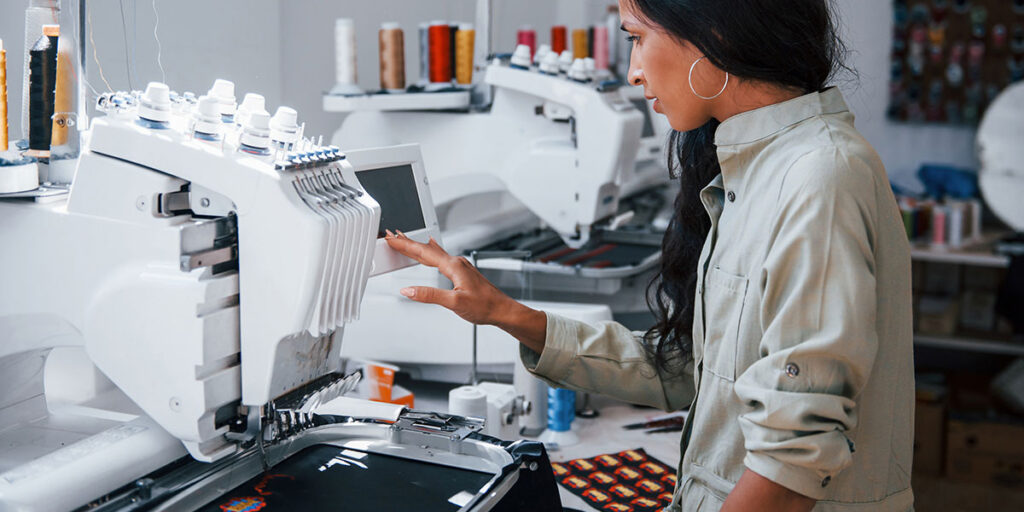
Outline and basemap: Using the software’s drafting or digitizing tools, digitize the main outline of the design. Add any underlying stitches that are required to offer solidity and support for the final embroidery.
Detailing and fill stitches: Add fill stitches to areas that require solid or textured fills. This can be accomplished by applying the right stitch types (such as satin stitches, fill stitches, or special stitches) to certain regions of the design. Use different stitching types or techniques to incorporate any necessary features or effects.
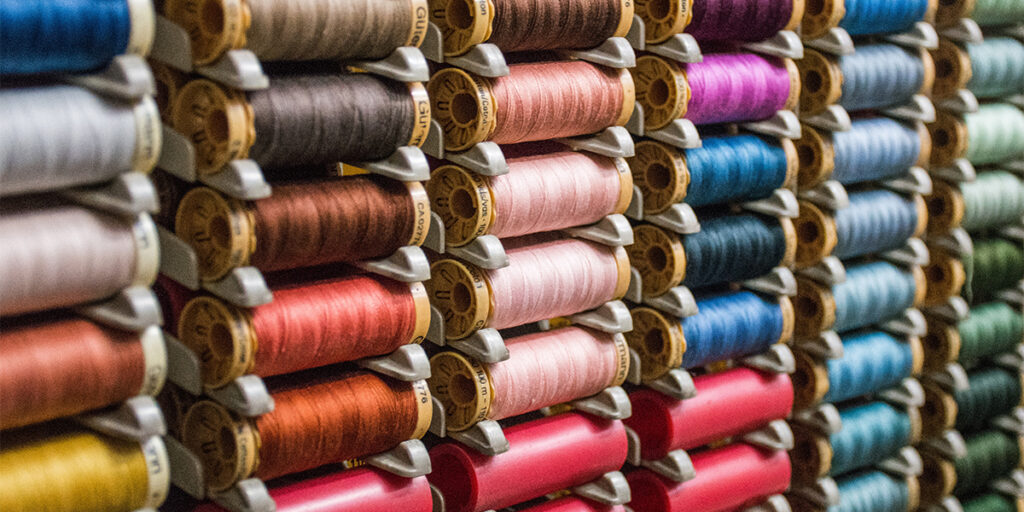
Define color and trims: Assign preferred thread colors to each section of the design. This will give you a visual representation of how the finished needlework will look. If necessary, indicate any trim or thread modifications in the design.
Test and refine: Use the software’s simulation or visualization functions to preview how your patterns will look when stitched before sewing them on actual cloth. Look for any errors, inconsistencies, or areas that need to be adjusted. Make any necessary changes to achieve the desired results.
Save the design: When you’re finished with your digital design, save it in an appropriate embroidery file format like.DST,.PES, or.EMB. Embroidery machines can read these formats.
Transfer designs to embroidery machine: Connect your embroidery machine to your computer and transfer the digitized design file to the machine using the appropriate method (USB, direct cable connection, or network transfer). Load the design and sew it to the fabric according to the machine’s instructions.Digitizing needlework is a difficult technique that takes time and practice. Reference tutorials, internet resources, and professional coaching all aid in the development of high-quality embroidered patterns.
Conclusion
Embroidery has caught people’s hearts and imaginations all across the world. A timeless art form combining talent, creativity, and self-expression. Embroidery continues to captivate and inspire people all across the world, from its rich past to present trends. Whether you are a novice or a seasoned embroiderer, the craft of embroidery provides limitless opportunities for producing beautiful, customized designs.
JetPrint presently enables custom embroidery, please contact our customer service and notify them of your requirements. We are also working hard to develop online design embroidery, and I believe that you will be able to achieve custom embroidery on your products in JetPrint in the near future.
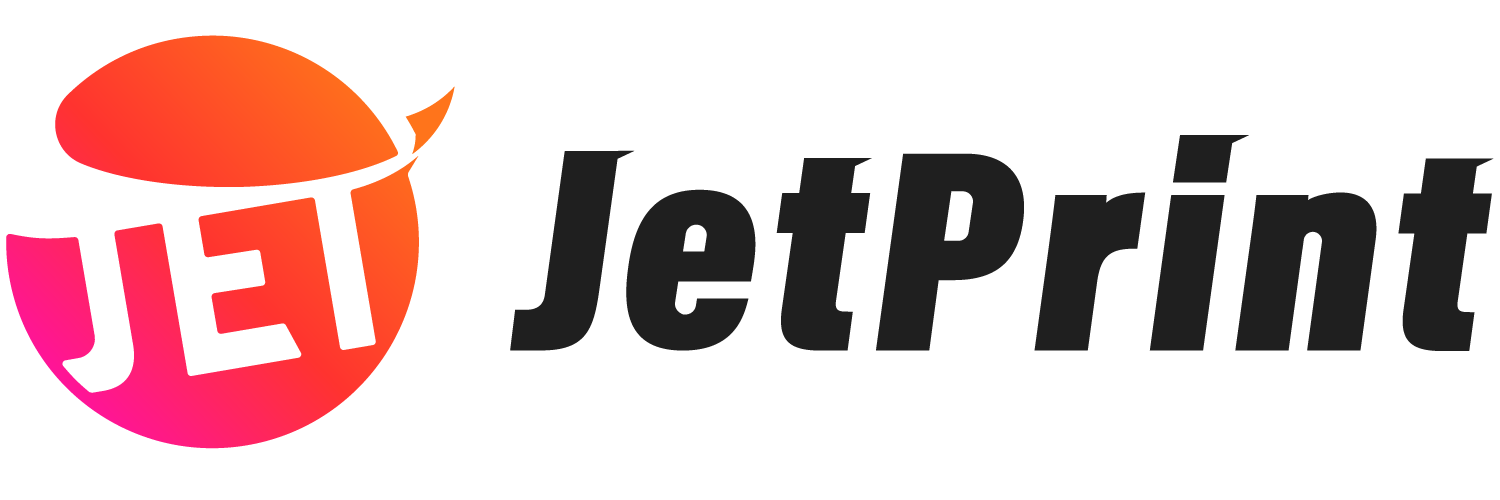
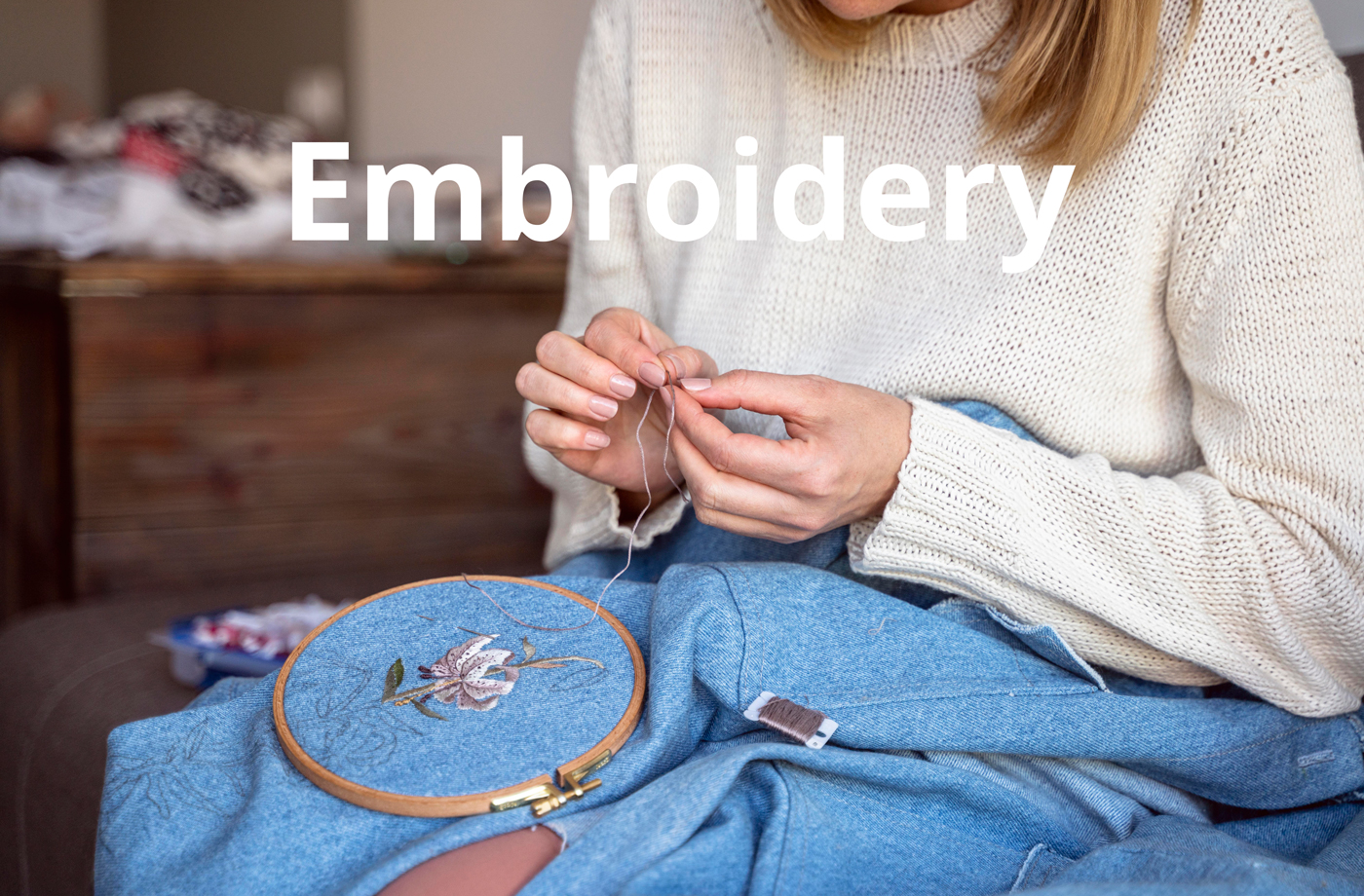
0 Comments